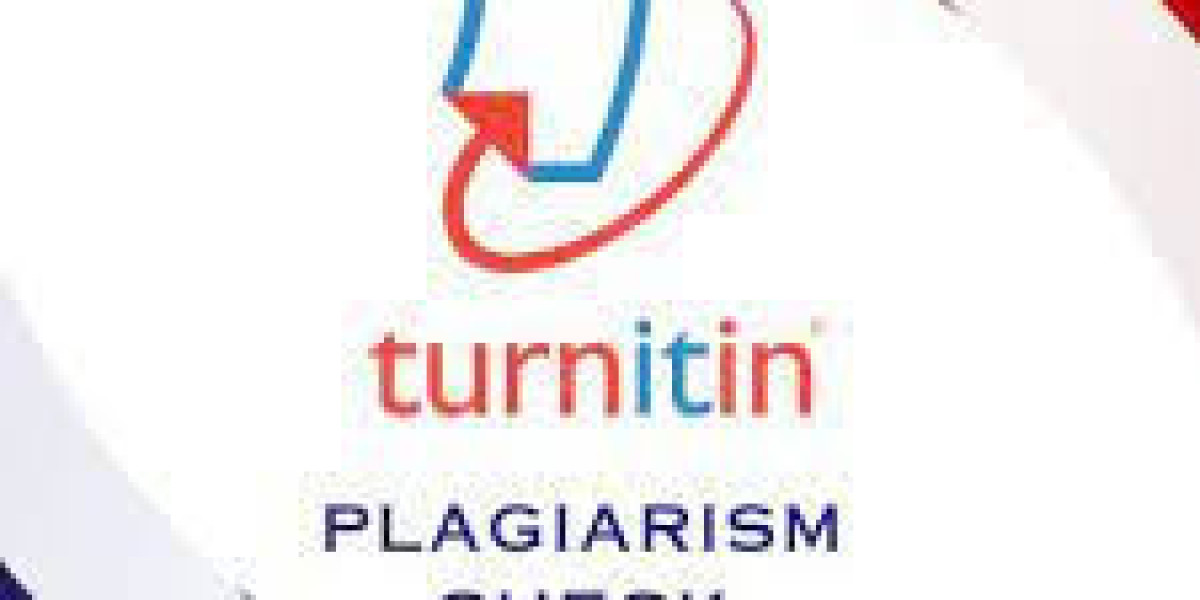Introduction
The importance of originality has increased significantly in the current digital era, as knowledge is readily available. Whether you're a student submitting assignments, a blogger publishing content, or a researcher working on a thesis, the importance of authentic, unique work cannot be overstated. This is where the plagiarism checker steps in as an essential digital ally. It acts as a gatekeeper, ensuring that your work maintains its originality and integrity in a world flooded with replicated information.
What is a Plagiarism Checker?
An online application or program called a plagiarism checker is made to examine and compare textual content with other published sources in order to identify any instances of duplication or similarity. These sources could include academic papers, web articles, books, research papers, and other online materials.By comparing your content against a vast database of digital content, a plagiarism checker provides a similarity score and highlights matching or potentially copied sections. This makes it possible for users to spot and fix inadvertent plagiarism prior to submission or publishing.
How Does a Plagiarism Checker Work?
The magic of plagiarism detection lies in its algorithm. A standard plagiarism checker follows these core steps:
Text Analysis: The tool breaks down your content into small segments, such as phrases or sentences.
Database Comparison: It scans millions (sometimes billions) of web pages, articles, journals, and other documents to find matching text patterns.
Similarity Index: The proportion of similarity between your content and pre-existing sources is displayed in a report that is prepared.
Source Highlighting: The tool often provides links to the matched content so users can verify or cite the source properly.
Some advanced plagiarism checkers also detect paraphrased plagiarism, where the structure of sentences is changed but the core idea is copied.
Why is Plagiarism a Problem?
Plagiarism, whether intentional or accidental, can have severe consequences in various domains:
Academia: Students found guilty of plagiarism may suffer failing marks, suspension, or expulsion.
Publishing: Journalists and authors run the danger of losing their reputations and possibly being sued.
Corporate Sector: Businesses that reuse content without permission can suffer brand damage and legal liability.
SEO Impact: Websites with duplicate content are penalized by Google, which can lower your search engine rankings.
Anyone who loves professional integrity and intellectual honesty must use a plagiarism checker; it is no longer an option.
See more article: plagiatsprüfer
Benefits of Using a Plagiarism Checker
Guarantees Originality
The foremost benefit of a plagiarism checker is that it ensures your work is 100% original. Before submission, you can review the report and revise any sections flagged for similarity.
Saves Time
Rather than manually reviewing citations or comparing texts, plagiarism detection tools offer an automated process that delivers fast and accurate results.
Protects Reputation
Writers, educators, and students all stake their reputations on their work. A plagiarism checker provides peace of mind that their content won't be flagged as unethical or copied.
Improves Writing Quality
Many checkers also suggest rephrasing or citation techniques, helping writers develop better habits in academic or creative writing.
Legal Protection
Avoiding plagiarism means avoiding copyright infringement, which can lead to fines or legal disputes. A checker acts as a preventive legal shield.
Types of Plagiarism Checkers
There are a variety of plagiarism checkers tailored for different users:
Academic Checkers: Both teachers and students frequently use resources like Grammarly and Turnitin.
SEO Tools:Digital marketers and bloggers frequently use platforms such as Copyscape and Quetext.
Enterprise Solutions: Some large organizations use premium plagiarism detection software integrated with content management systems.
Since every tool has advantages, the one you choose should be based on your unique requirements.
Free vs. Paid Plagiarism Checkers
Free Plagiarism Checkers
Pros:
Easily accessible
Good for basic detection
Useful for quick checks
Cons:
Limited database
Often comes with ads
May miss advanced or paraphrased plagiarism
Paid Plagiarism Checkers
Pros:
Larger content databases
Advanced matching algorithms
Detailed similarity reports
Support for academic formatting and citation styles
Cons:
Subscription fees
May be overkill for simple use cases
Ultimately, for professional or academic work, investing in a reliable paid plagiarism checker is a wise decision.
Common Misconceptions About Plagiarism Checkers
They Catch Everything”
No checker is perfect. They can miss content hidden behind paywalls, unpublished manuscripts, or obscure sources.
All Matches Are Plagiarism”
Not every match means plagiarism. Quotes, common phrases, or properly cited content can show up in the similarity report but are not unethical.
Only Students Need Them”
From bloggers to business professionals, anyone creating content needs to ensure originality.
Changing a Few Words is Enough”
Paraphrasing is still plagiarism if the original idea or structure is copied without citation.
Using a plagiarism checker helps identify these gray areas and reinforces the need to respect intellectual property.
How to Use a Plagiarism Checker Effectively
Here’s a simple guide:
Prepare Your Final Draft: Make sure the content is complete before checking.
Run the Text Through the Checker: Copy and paste or upload your document.
Analyze the Report: Review the percentage and examine highlighted matches.
Revise if Needed: Paraphrase or cite sources properly for flagged sections.
Run Another Check: After revision, check again to ensure compliance.
Keep a Copy of the Report: Especially important for academic or legal records.
Best Practices to Avoid Plagiarism
Even before using a plagiarism checker, here are habits to develop:
Take Notes Carefully: Avoid copying text verbatim unless it's a direct quote.
Use Citation Tools: Reference is made easier with Mendeley and Zotero.
Paraphrase Properly: Understand and rewrite the idea in your own words.
Use Quotes for Direct Excerpts: Always attribute quotes to their original authors.
Understand Fair Use Policies: Not all content can be used freely—even with citation.
By combining best practices with plagiarism-checking tools, you can consistently produce clean, credible work.
Top Plagiarism Checkers in 2025
Here are some highly rated tools as of this year:
Turnitin – Preferred by universities, with deep academic databases.
Grammarly Premium – Offers real-time suggestions and citation help.
Quetext – A balanced choice for professionals and students.
Scribbr – Known for in-depth academic reports and citation guidance.
Copyscape – Ideal for website content and SEO professionals.
Each of these tools offers unique features, so choosing the right plagiarism checker depends on your goals and budget.
Conclusion
In an age where content is created and shared at lightning speed, maintaining originality has never been more crucial. A plagiarism checker is more than just a software—it’s a vital instrument that safeguards your credibility, protects intellectual property, and upholds ethical standards.Whether you're a student, educator, blogger, or corporate writer, using a plagiarism checker ensures that your words are truly your own. In doing so, you not only protect your work but also contribute to a culture of honesty, creativity, and respect.
For more and latest article: Clicking Here








